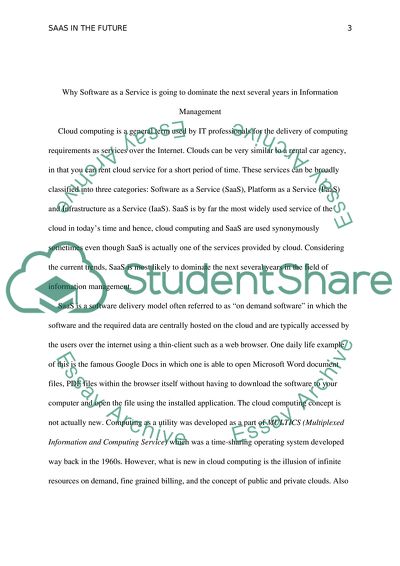Cite this document
(Why Software as a Service Is Going to Dominate the Next Several Years Case Study, n.d.)
Why Software as a Service Is Going to Dominate the Next Several Years Case Study. https://studentshare.org/information-technology/1773281-the-network-as-somewhere-else-everything-as-a-service-and-the-idea-of-the-cloud
Why Software as a Service Is Going to Dominate the Next Several Years Case Study. https://studentshare.org/information-technology/1773281-the-network-as-somewhere-else-everything-as-a-service-and-the-idea-of-the-cloud
(Why Software As a Service Is Going to Dominate the Next Several Years Case Study)
Why Software As a Service Is Going to Dominate the Next Several Years Case Study. https://studentshare.org/information-technology/1773281-the-network-as-somewhere-else-everything-as-a-service-and-the-idea-of-the-cloud.
Why Software As a Service Is Going to Dominate the Next Several Years Case Study. https://studentshare.org/information-technology/1773281-the-network-as-somewhere-else-everything-as-a-service-and-the-idea-of-the-cloud.
“Why Software As a Service Is Going to Dominate the Next Several Years Case Study”. https://studentshare.org/information-technology/1773281-the-network-as-somewhere-else-everything-as-a-service-and-the-idea-of-the-cloud.


